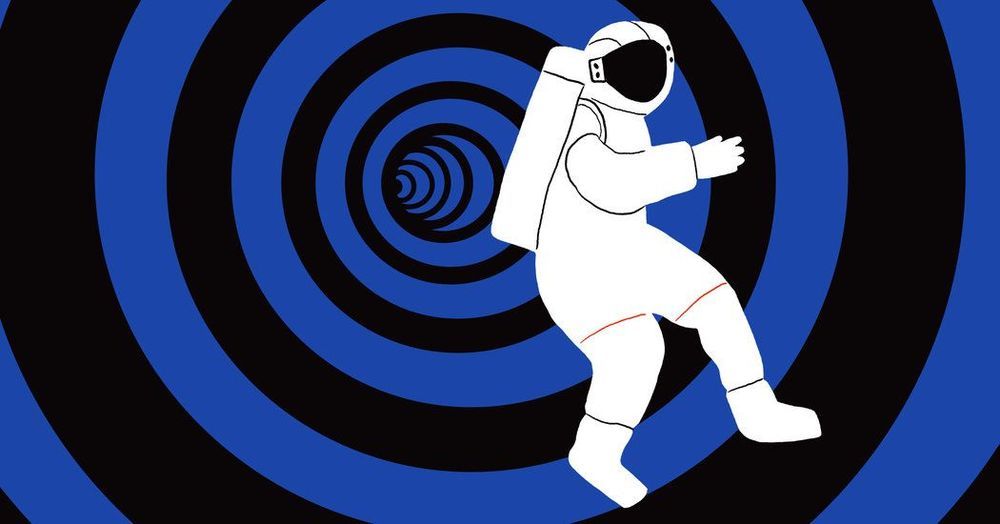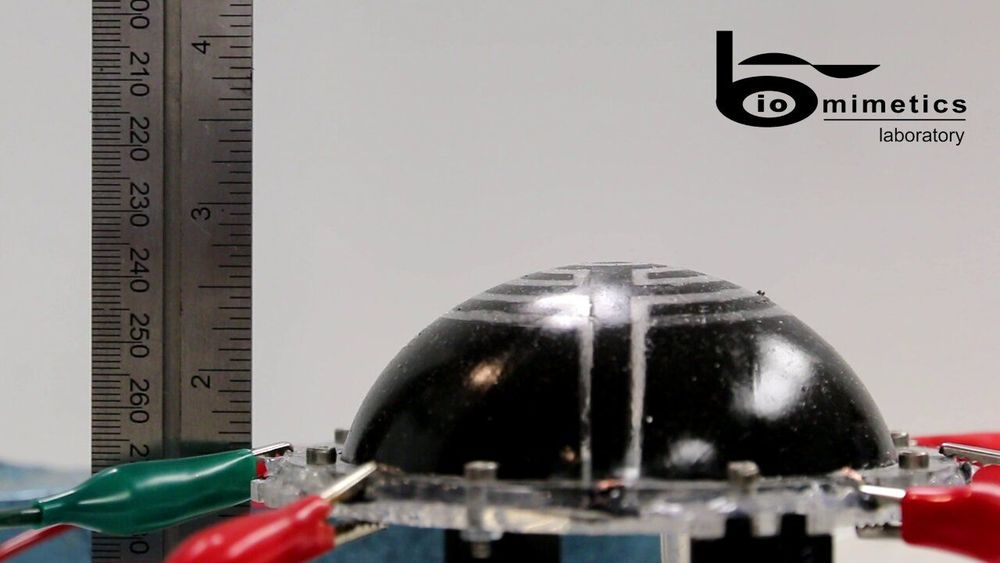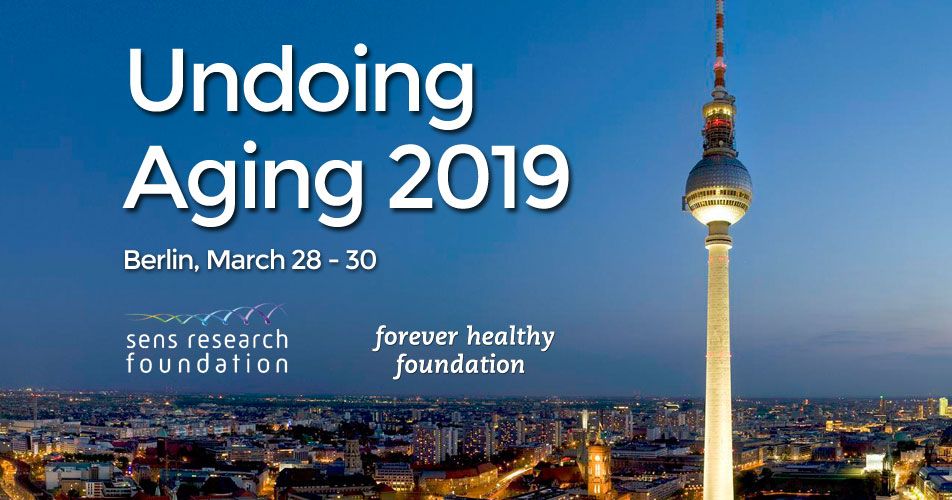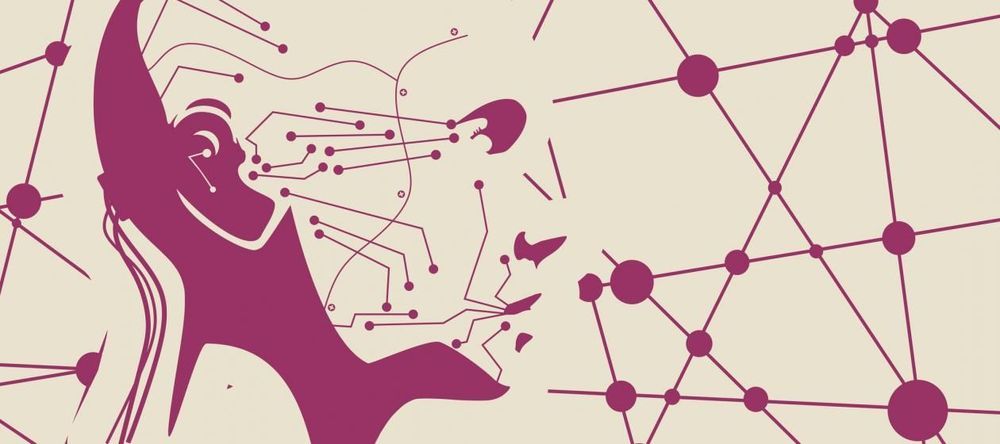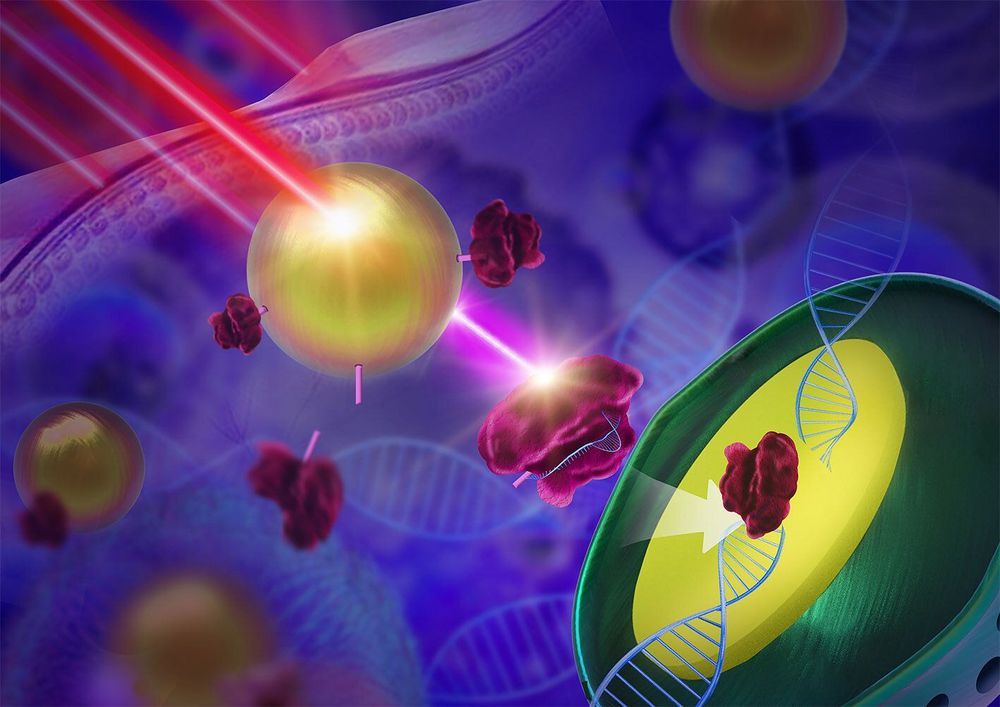Check out the science of biohacking, where biologists go into a patient’s genetic code and reprogram their immune system to recognize and fight cancer cells.
-
The human body is made up of about 30 trillion cells that carry a code which has been duplicated over and over for billions of years — with varying degrees of accuracy. So what happens when the system breaks down and the machinery turns on itself, leading to cancer? Greg Foot dives into the science of how biologists are biohacking the human body to try to fix the seemingly unfixable.
Lesson by Greg Foot, directed by Pierangelo Pirak.
Produced for ted-ed by NIHR university college london hospitals biomedical research centre.
Sign up for our newsletter: http://bit.ly/TEDEdNewsletter

